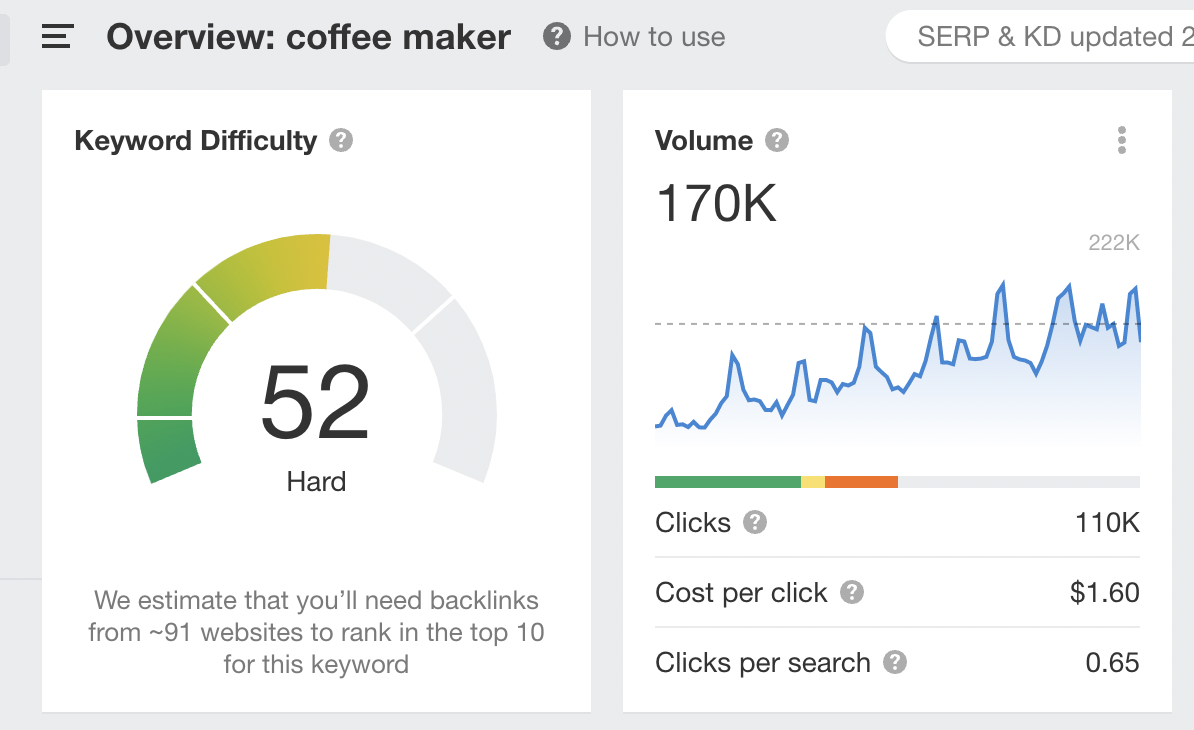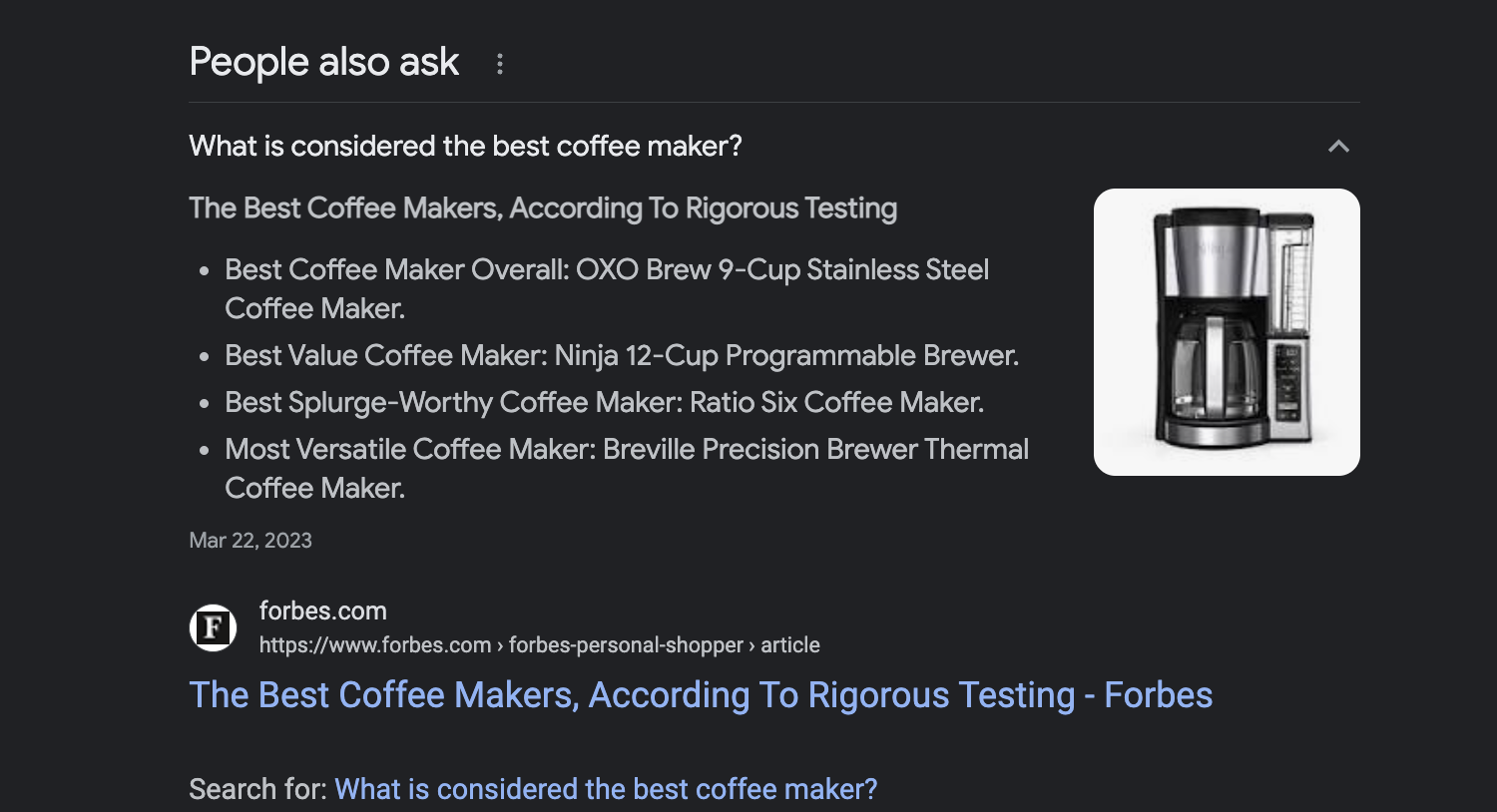6 Effective SEO Strategies for E-Commerce Businesses

6 Effective SEO Strategies for E-Commerce Businesses
E-commerce has become a lucrative industry, with more and more people shopping online. But with the rise of e-commerce businesses, competition has become fiercer than ever. How can you make sure that your e-commerce business stands out? By implementing effective SEO strategies.
Search Engine Optimization (SEO) is a powerful tool that can help e-commerce businesses increase their online visibility and attract more traffic.
However, not all SEO strategies are effective and there are countless decisions to make that will impact organic search performance. Everything from adding new pages to selecting product names to product categories and subcategories can directly affect organic visibility.
To avoid struggling through SEO guesswork, utilize these 6 SEO strategies for e-commerce businesses to attract more traffic and drive sales.
Looking for help with SEO? Connect with the best e-commerce SEO companies on The Manifest.
6 E-Commerce SEO Strategies
SEO is a must-have for every online store, from boosting click-through rates (CTR) to seriously leveling up content marketing efforts. Retailers rely on these six SEO tips for e-commerce to win against search algorithms.
- Conduct a Comprehensive Keyword Research
- Optimize Your Product Pages
- Build High-Quality Backlinks
- Utilize Social Media for SEO
- Improve Your Site Speed and Mobile Optimization
- Monitor Your Analytics and Refine Your Strategy
1. Conduct a Comprehensive Keyword Research
Keyword research is the foundation of any effective SEO strategy. You can optimize your website and product pages by understanding the keywords your target audience uses to find your products or services.
Comprehensive keyword research will help you identify the keywords and phrases relevant to your business. Companies with a great understanding of their audience and customers' target keywords are already at an advantage.
Still, some keywords are far more competitive than others. Plus, some search terms are hardly used by searchers at all. Keyword research tools such as Ahrefs help businesses find the right keywords with high search volume and low competition.

In tough markets, certain keyword ideas may yield exclusively competitive options. Expanding your search to include long-tail keywords, which are lengthier but more niche, may help you find the specific keywords that meet the standards you’re looking for.
2. Optimize Your Product Pages
Your product pages are the core web pages of your e-commerce website.
Optimizing them is critical for improving your search engine rankings and attracting more traffic. These tips will give your e-commerce platform and its product pages a boost:
- include unique and descriptive product titles
- write in-depth product descriptions
- add high-quality product images and videos
- optimize product URLs
- pay close attention to site architecture
Include Unique and Descriptive Product Titles
Your product titles should be unique and descriptive. They should accurately describe your product and include relevant keywords. This includes the page title and title tag of the page your product lives on.
Especially on an e-commerce site, the sheer volume of pages and titles can easily bog teams down. But, organizing product pages via accurate and descriptive titles will signal to search engines what your product is all about.
Write In-Depth Product Descriptions
Product descriptions on all e-commerce platforms should be informative for users and search engines.
When engaging in e-commerce marketing, you’ll find that activities that are good for users are also good for SEO. That’s because SEO is based largely on the goal of providing the best and most accessible information to users.
For these reasons, product meta descriptions should give your customers all the information they need to make an informed purchasing decision. Use bullet points, bold text, and headings to make your descriptions easy to read.
Add High-Quality Product Images and Videos
High-quality product images and videos (with relevant alt text) can significantly improve the user experience on your website. As expected, there is more and more evidence to suggest they improve search engine rankings as well.
Images and visual content have been favored by Google in featured snippets, particularly for retail-oriented keywords. SERPs continue to evolve into more visual-first spaces.

Common featured snippets that may include on-page visuals include:
- shopping carousel
- paragraph snippet
- list snippets
- People Also Ask
Including image and video content drastically increase your chances of capturing these SERP features.
Optimize Product URLs
Your product URLs should be short, descriptive, and easy to remember. Avoid using numbers, symbols, or random characters in your URLs.
Instead, use relevant keywords that accurately describe your product.
Pay Close Attention to Site Architecture
Site architecture, or how the pages on your site are organized, is incredibly important for e-commerce sites with tons of pages. Smart site structure improves user experience and directs traffic logically around your site.
When determining how users will flow from page to page, consider adding breadcrumbs, a navigation tool that allows customers to maneuver between related subcategories and category pages easily.
Take the bedding page on Amazon Home, for instance. The top of the page includes internal links to broader pages such as “Bedroom” and “Amazon Basics." These are breadcrumbs!

Breadcrumbs and well-placed internal links make huge websites very easy to navigate for users.
What to avoid for navigability:
- duplicate content
- redirect chains
- orphan pages (pages that cannot be accessed through another page on the site)
3. Build High-Quality Backlinks
Backlinks are a long-standing ranking factor widely known among the SEO community. It’s also common knowledge that not all links benefit sites equally.
Backlinks are meant to create a network of content across the web, connecting authoritative and relevant content for searchers. Some websites are considered more reputable or authoritative than others, so backlinks from those sites are considered more helpful.
SEO tools like Moz and Ahrefs measure how authoritative a website is with a number out of 100 called ‘Domain Authority’ and ‘Domain Rating’, respectively.
Just how do you go about getting backlinks from high-DA sites? Here are a few strategies:
- Guest blogging
- Broken link building
- Infographics outreach
- Social media engagement
- Influencer marketing
Backlinks are game-changers for companies looking to increase their organic search rankings.
4. Utilize Social Media for SEO Content
While social media won’t directly support SERPs rankings on its own, social channels can help SEO as part of a comprehensive digital marketing strategy.
Creating engaging content on social media certainly drives brand awareness and traffic to your site. But, with smart content repurposing processes, you can use social media assets to bolster the performance of on-page content.
To illustrate, repurposing content could be as simple as sharing a social media graphic within the context of a more detailed article.
As mentioned earlier, sharing images within the textual content is a huge help to rankings, and the interconnectivity of your content marketing channels will strengthen your brand.
5. Improve Site Speed and Mobile Optimization
Technical SEO is a huge part of what makes or breaks organic performance.
SEO best practices are that companies should run an SEO audit 2–4 times per year to locate areas for on-page SEO improvements. Teams may use SEO tools like Screaming Frog or Lumar to perform technical SEO audits.
Of all web metrics these tools will provide with an audit, site speed and mobile optimization are two major areas that dictate performance.
Slow-loading pages and mobile-incompatible sites will almost certainly have higher bounce rates and worse organic rankings.
Here are some simple tips for upping page load times and mobile performance:
- Optimize your images and videos
- Minimize HTTP requests
- Use a content delivery network (CDN)
- Implement lazy loading to improve page speed
- Use responsive design
6. Monitor Your Analytics and Refine Your Strategy
Monitoring your analytics is essential for refining your SEO strategy. Without knowing how you’re performing now, it’s nearly impossible to know how you can improve over time.
SEO tools like Google Analytics and Google Search Console track site performance to help users discover bright spots and areas for improvement on their sites. Making data-driven decisions is paramount, and these tools enable them to happen.
Here are some analytics metrics you should track with these tools:
- Organic traffic
- Bounce rate
- Conversion rate
- Keyword rankings
- Backlink profile
- Page speed
Use SEO Tactics to Bring Potential Customers to Your E-commerce Store
SEO strategies can significantly improve your e-commerce business's online visibility, attract traffic, and drive sales.
Remember, SEO is an ongoing process, and you should continue to refine your strategy based on your website's performance.
Find SEO companies with e-commerce experience on The Manifest.
E-Comm SEO for Quality Content FAQs
What is SEO, and why is it important for e-commerce businesses?
SEO or Search Engine Optimization is the process of optimizing a website to improve its visibility and ranking on search engine results pages. SEO is essential for e-commerce businesses as it can help attract more traffic, improve user experience, and drive more sales.
How can I conduct keyword research for my e-commerce business?
You can conduct keyword research using tools like Google Keyword Planner, SEMrush, or Ahrefs. Start by identifying the keywords and phrases that are relevant to your business and have high search volume and low competition.
Why are backlinks important for SEO?
Backlinks are important for SEO as they signal to search engines that other websites consider your content valuable and relevant. High-quality backlinks can improve your search engine rankings and drive more traffic to your website.
How can I improve my site speed and mobile optimization?
You can improve your site speed and mobile optimization by optimizing your images and videos, minimizing HTTP requests, using a content delivery network (CDN), implementing lazy loading, and using responsive design.
How often should I monitor my analytics?
You should monitor your analytics regularly, at least once a week, to track your website's performance and make data-driven decisions to refine your SEO strategy.
